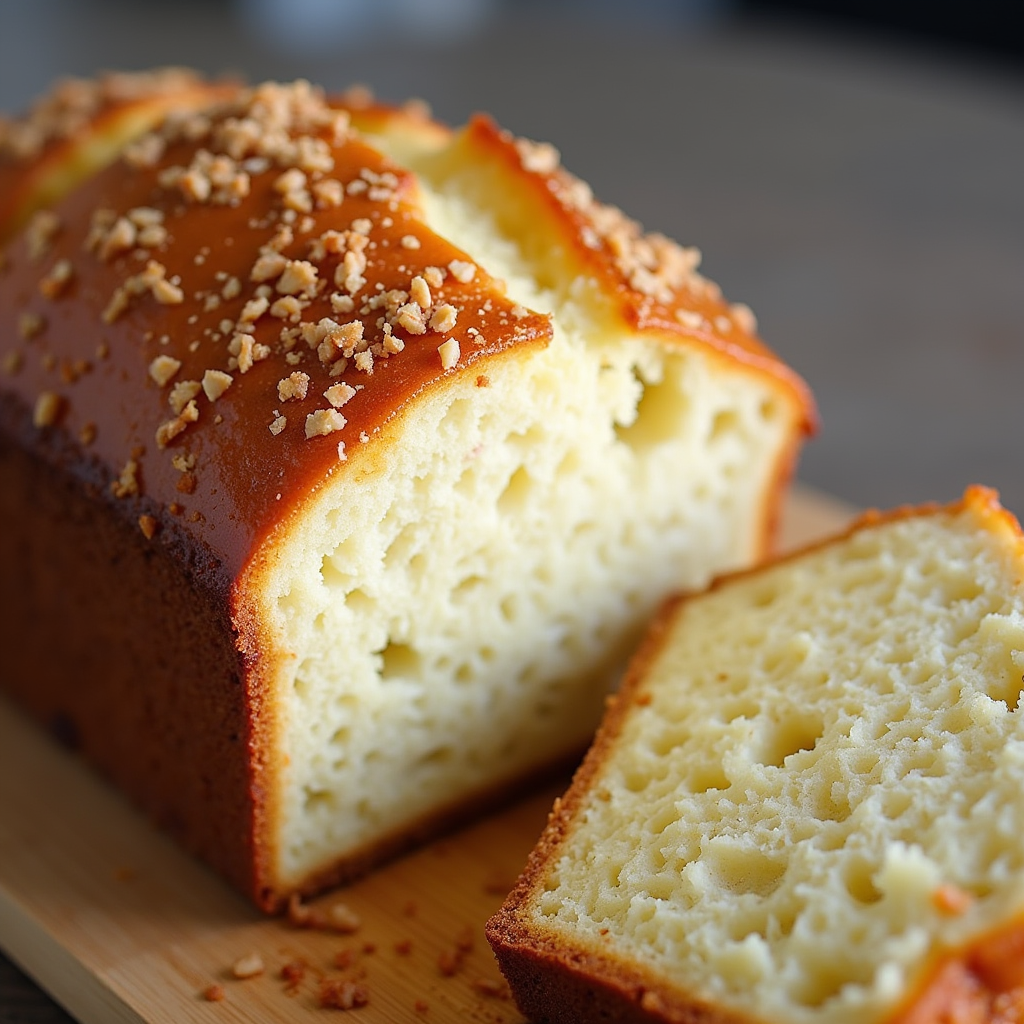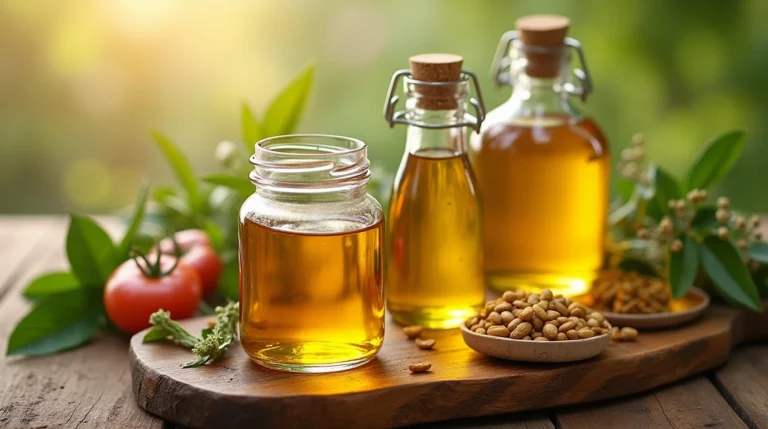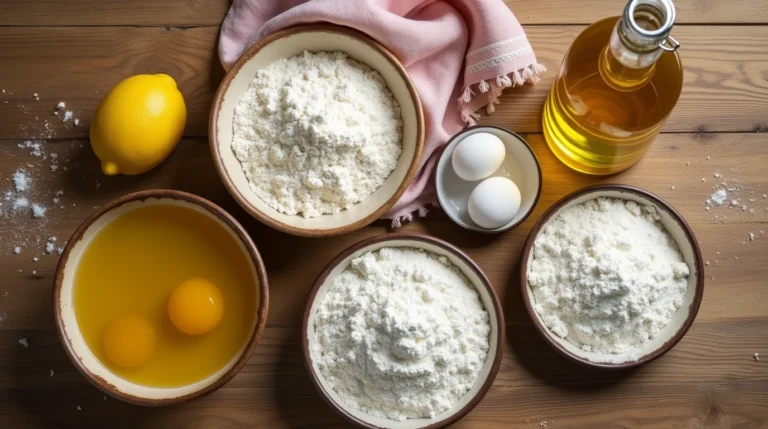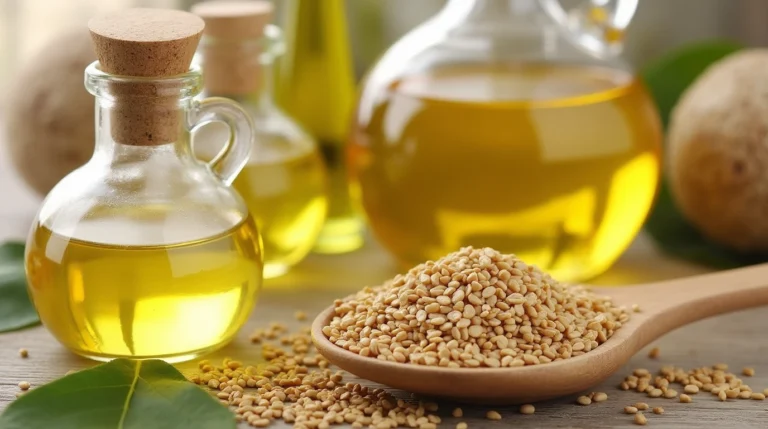When baking cornbread, you might ask if coconut oil is better. Coconut oil is a healthy choice for baking. It’s used in many cornbread recipes, but why?
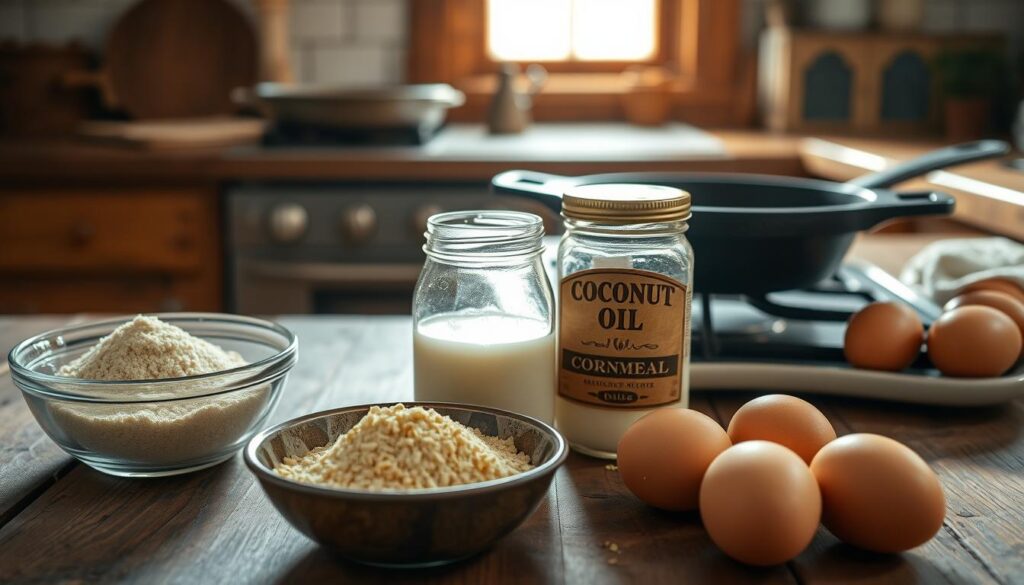
Table of Contents
Coconut oil makes cornbread taste and feel better. It’s a healthier option than regular oils. Try different recipes to find your favorite.
Key Takeaways
- Using coconut oil in cornbread can enhance the flavor and texture
- Coconut oil is a healthier alternative to traditional oils
- You can find various cornbread recipes that incorporate coconut oil
- Is it better to cook cornbread with coconut oil depends on personal preference
- Cornbread recipes with coconut oil can be a great option for healthy baking
- Experimenting with different recipes can help you find the best option
Understanding the Basics of Coconut Oil in Baking
Coconut oil is a great choice for baking because it adds a unique flavor and texture. It’s popular for healthy baking. To use it well, you need to know its properties and how it reacts to heat.
Coconut oil has a high smoke point, perfect for baking at high temperatures. This means it won’t burn or smoke when used for cooking. It’s also full of medium-chain triglycerides (MCTs), which are good for your body.
Chemical Properties of Coconut Oil
Coconut oil’s chemical makeup is what makes it special. Its fatty acids give it a unique taste and texture. Knowing its chemical properties is key to getting the best results when cooking with it.
How Coconut Oil Affects Baked Goods
Coconut oil can change the texture and taste of baked goods. It adds a creamy flavor and a tender crumb to cakes and pastries. Mixing it with other ingredients can make the final product even better, making it a great choice for healthy baking.
Smoke Point Considerations
The smoke point of coconut oil is important when cooking. It can handle high temperatures up to 350°F (175°C). This makes it perfect for baking, as it won’t break down or smoke at these temperatures.
Traditional Cornbread Ingredients and Methods
Traditional cornbread recipes often include familiar ingredients. You’ll find cornmeal, flour, eggs, and butter or oil in most. The process starts by mixing dry ingredients, then adding wet ingredients to the dry mix.
Exploring cornbread variations might introduce you to new ingredients. Cheese, jalapenos, or honey can add flavor and texture. Here are the basic ingredients and methods to get you started:
- Cornmeal: The foundation of traditional cornbread
- Flour: Adds structure and texture to the bread
- Eggs: Provides moisture and richness
- Butter or oil: Contributes to the flavor and tenderness of the bread
Knowing the traditional ingredients and methods lets you try new things. Using coconut oil, for example, can make your cornbread unique. This way, you can enjoy the process of making cornbread and find new favorites.
Is It Better to Cook Cornbread with Coconut Oil? The Science Behind It
Choosing the right oil for baking cornbread is key. Coconut oil is a favorite among bakers for its special properties. It has a high smoke point, which means it can handle high temperatures without smoking.
This makes coconut oil perfect for baking cornbread. It helps create a crispy crust and a soft inside. Coconut oil also adds a unique flavor that can make the cornbread taste better. Plus, it keeps the bread moist for longer.
Impact on Texture and Crumb
The type of oil used can change how cornbread feels and tastes. Coconut oil makes the cornbread tender and moist. It also adds a special flavor to the bread.
- Improved texture: Coconut oil makes the cornbread tender and moist.
- Enhanced flavor: Coconut oil gives the cornbread a unique taste.
- Increased moisture content: Coconut oil keeps the bread fresh longer.
Flavor Profile Changes
The flavor of cornbread can change with the oil used. Coconut oil adds a distinct flavor that can make the cornbread taste richer. It adds a creamy taste to the bread.
Health Benefits of Using Coconut Oil in Cornbread
Looking for healthy baking options? Coconut oil is a great choice. It’s not only tasty but also packed with nutrients. Using it in cornbread can make your dish healthier.
Coconut oil is rich in medium-chain triglycerides (MCTs). These are easy for your body to use. They boost energy and help with weight control. Plus, it has lauric acid, which fights off germs and strengthens your immune system.
Here are some health perks of coconut oil in cornbread:
- Improved digestion thanks to MCTs and lauric acid
- More energy from the body’s easy absorption of MCTs
- Help with weight management through healthy fats
- Antimicrobial benefits from lauric acid
Remember, choose high-quality coconut oil for the best results. It should be pure and without additives. Coconut oil adds unique nutritional benefits to your cornbread.
Perfect Temperature and Timing for Coconut Oil Cornbread
To make the perfect coconut oil cornbread, you need to get the temperature and timing right. Preheat your oven to the correct temperature. This ensures your cornbread is light and fluffy.
Preheating is key. It lets the coconut oil melt and spread evenly in the batter. Here are some tips for adjusting your baking time and temperature:
- Preheat your oven to 400°F (200°C) for a classic cornbread recipe.
- For a crispy crust, bake at 425°F (220°C) for a shorter time.
- Adjust the baking time based on the cornbread size: 20-25 minutes for small, 35-40 minutes for large.
Preheating Guidelines
Preheating your oven is crucial for perfect coconut oil cornbread. Preheat your oven at least 15 minutes before baking. This lets the coconut oil melt and spread evenly.
Baking Time Adjustments
Adjusting the baking time is key to avoid overcooking or undercooking. Keep an eye on your cornbread while it bakes. Adjust the time as needed to get it just right.
Storage Recommendations
To keep your coconut oil cornbread fresh, store it in an airtight container at room temperature for up to 3 days. You can also freeze it for up to 2 months. Thaw it when you’re ready to serve.
| Storage Method | Shelf Life |
|---|---|
| Airtight container at room temperature | Up to 3 days |
| Freezer | Up to 2 months |
Mastering the Coconut Oil Cornbread Recipe
Starting with cornbread recipes is a great way to explore cooking with coconut oil. To get it right, use top-notch ingredients and techniques. Choose a high-quality coconut oil for baking to enhance flavor and texture.
Coconut oil’s high smoke point is perfect for baking. It adds a rich, creamy taste to cornbread. Here are some tips for mastering the coconut oil cornbread recipe:
- Find the right coconut oil ratio to get the perfect texture and flavor.
- Avoid overmixing the batter to prevent a dense cornbread.
- Try adding herbs or spices for a unique twist.
With these tips and practice, you can make delicious cornbread with coconut oil. Whether you’re experienced or new, coconut oil can spice up your cornbread recipes.
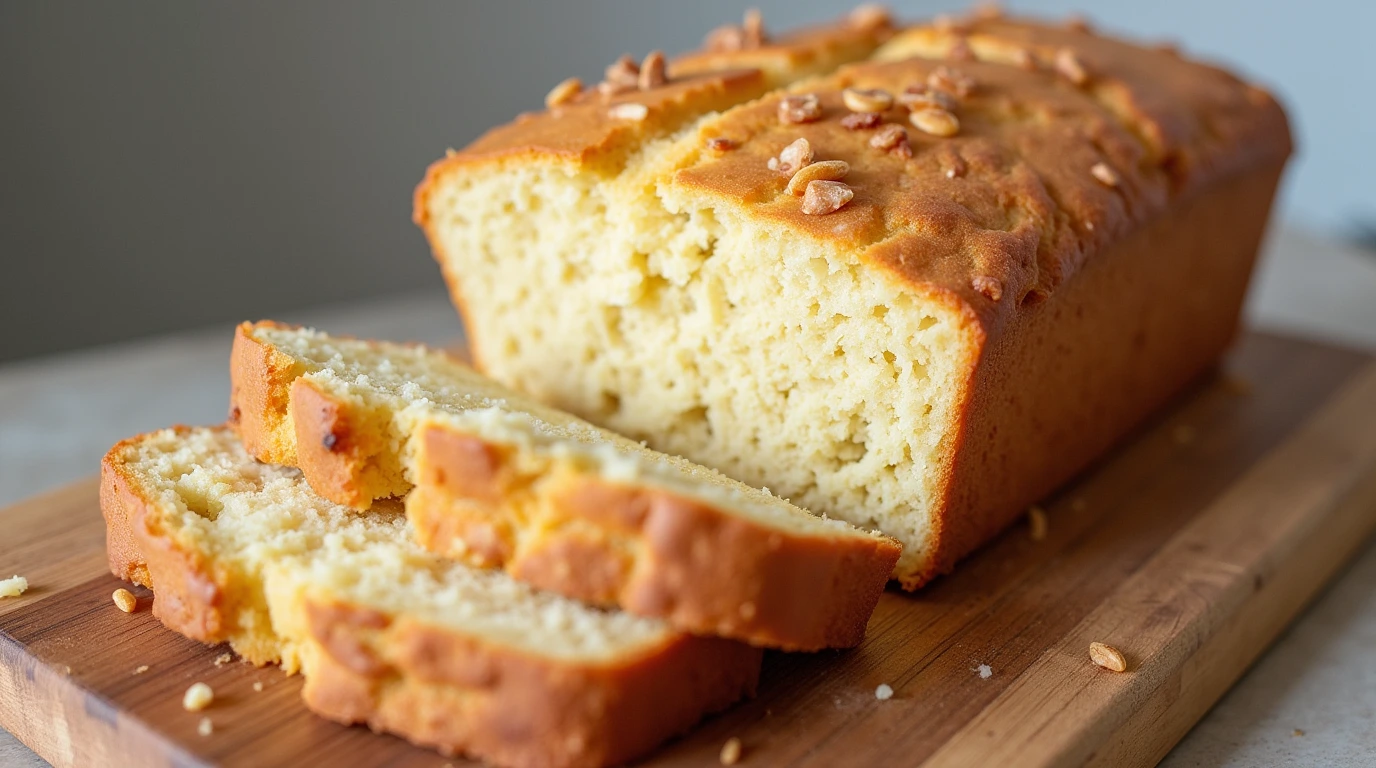
With practice and patience, you’ll master the coconut oil cornbread recipe. Try it out and see what tasty cornbread recipes you can create with coconut oil.
| Ingredient | Quantity |
|---|---|
| Coconut Oil | 1/2 cup |
| Cornmeal | 2 cups |
| Flour | 1 cup |
| Sugar | 1 tablespoon |
| Salt | 1/2 teaspoon |
Common Mistakes When Baking with Coconut Oil
Healthy baking with coconut oil requires precision. You aim to make tasty cornbread for any event. But, common errors can spoil your baking. Issues like temperature, measurement, and mixing problems are common mistakes.
Some common mistakes include:
- Incorrect oven temperature, which can affect the texture and consistency of your cornbread
- Measuring errors, such as using too much or too little coconut oil, which can impact the flavor and moisture content
- Mixing problems, such as overmixing or undermixing, which can result in a dense or crumbly texture
To avoid these mistakes, focus on your baking technique and details. This way, you can make healthy, tasty cornbread with coconut oil. It will impress everyone.
Knowing these common mistakes helps you improve your baking with coconut oil. You’ll enjoy making and eating a variety of delicious, nutritious cornbreads.
Alternative Oils and Their Effects on Cornbread
Not always having coconut oil for cornbread is okay. There are many oils you can use instead. Avocado oil, grapeseed oil, and olive oil are great substitutes.
Each oil has its own taste and effect on cornbread. Avocado oil adds a mild, buttery taste to sweet cornbread. Grapeseed oil has a neutral taste that won’t change the flavor much. Olive oil, however, has a strong taste that might not fit all cornbread recipes.
Comparing Different Oil Options
- Avocado oil: mild, buttery flavor; high smoke point
- Grapeseed oil: neutral flavor; light texture
- Olive oil: distinct flavor; lower smoke point
Think about the taste and texture you want in your cornbread. Grapeseed oil is good for a neutral taste. Avocado oil adds a richer flavor. Knowing the pros and cons of each oil helps you choose the best one for your cornbread.
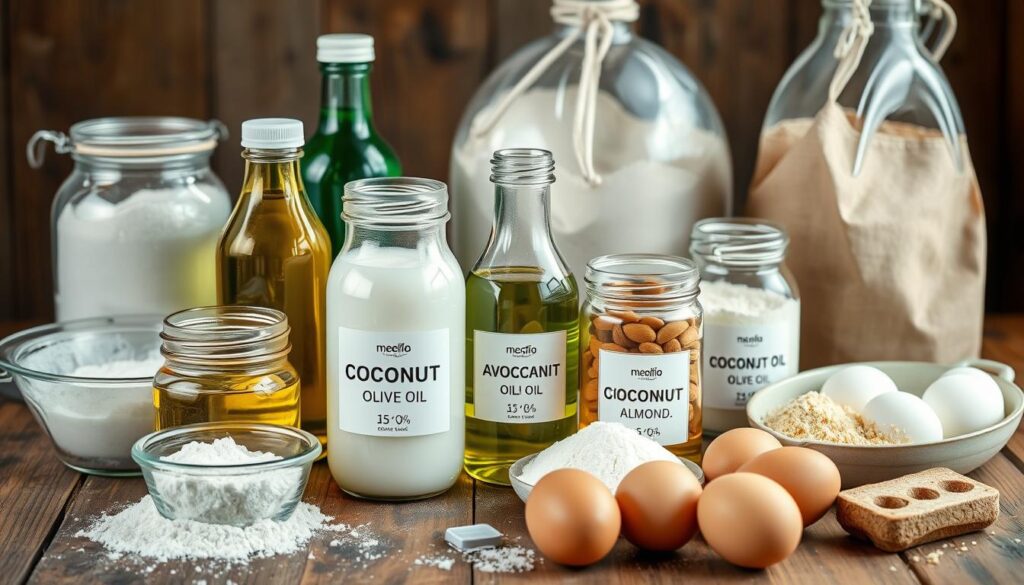
When to Choose Each Alternative
Choose an oil that goes well with your recipe’s ingredients. For sweet cornbread, avocado oil is a great pick. For savory cornbread, grapeseed oil works better. This way, you can make cornbread that tastes just right.
| Oil | Flavor | Smoke Point |
|---|---|---|
| Avocado oil | Mild, buttery | 520°F |
| Grapeseed oil | Neutral | 420°F |
| Olive oil | Distinct | 320°F |
Conclusion: Making the Right Choice for Your Cornbread
Using coconut oil in cornbread can really change the game. It can make the texture and taste better and even offer health benefits. Knowing how coconut oil works with other ingredients helps you choose wisely.
Choosing between traditional ingredients and coconut oil is a big decision. It depends on what you like and what you need for your diet. By paying close attention to details, you can make your cornbread perfect every time.
Whether you stick with the classic recipe or try coconut oil, the goal is to enjoy your cornbread. It’s all about finding what works best for you. This way, you can enjoy a tasty, healthier treat.
FAQ
Is it better to cook cornbread with coconut oil?
Cooking cornbread with coconut oil can make it taste better and feel softer. It might also be healthier. But, whether to use coconut oil depends on what you like and need.
What are the benefits of using coconut oil in cornbread?
Coconut oil in cornbread can make it more moist and flavorful. It might also be healthier. Plus, it’s great for baking and cooking.
How does coconut oil affect the texture and flavor of cornbread?
Coconut oil makes cornbread softer and more moist. It also adds a unique flavor that goes well with corn and other ingredients.
What are some alternatives to coconut oil for baking cornbread?
You can use butter, olive oil, or vegetable oil instead of coconut oil. Each oil changes the taste and texture differently. Try them out to see what you like best.
How do I properly store coconut oil cornbread?
Let the cornbread cool down before storing it. Store it in an airtight container at room temperature for 3-4 days. For longer storage, wrap it tightly and freeze for 2-3 months.
What are some common mistakes to avoid when baking with coconut oil?
Avoid not measuring the oil right, not adjusting baking times, mixing too hard, and not storing the cornbread well. These mistakes can make your cornbread tough or stale.

